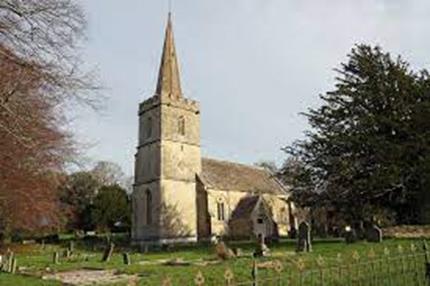-
01452 721635
Despite the carving of a hare on the gable end of Haresfield primary school, there is no connection between the animal and the village name. It’s probable that the name is a corruption of the name of the Anglo-Saxon landowner (Hersa or Heresa).
There is prehistoric evidence from Neolithic flint scatters in the fields, which show clearance of the climax vegetation for farming: the first Haresfield residents. The village was almost certainly part of a Romano-British estate that ran up to the road between Glevum (Gloucester) and Sea Mills on the Bristol Avon river.
The 1066 Domesday Survey mentions Haresfield, listing 5 potters, a very unusual entry. The potters appear to have been based on the Marlstone platform half way up the Cotswold slope, below what we now know as Haresfield Beacon. The pottery operated between mid 11th and early 13th centuries. The distribution of ‘TF41b’ – as this type of pottery is known to archaeologists, is widespread, having been found on sites from Droitwich to Bristol, and hence to Dublin, and west as far as Hereford.
Over time, the village evolved into a scatter of farmsteads and clusters of cottages with a footpath network leading to the church. The crops that were grown were wheat, barley and beans. There was also considerable pasture and orchards. Haresfield had a reputation for producing cheese and cider of the best quality.
With the building of the railway station in the 1840s and the construction of associated buildings, such as the pub and housing for staff, the village expanded towards the site of the Cross, opposite the school (probably where the flagpole now is.) The result is that most of the village is now East of the railway. The station closed in 1965 and as car ownership developed, the bus service withered and was then withdrawn. The C20th saw Haresfield turning from an artisan village, where most people were employed locally, to a dormitory one, with people travelling outside the village to work. However, it is a busy village with the school, public house/hotel, many working farms and a stonemason.
